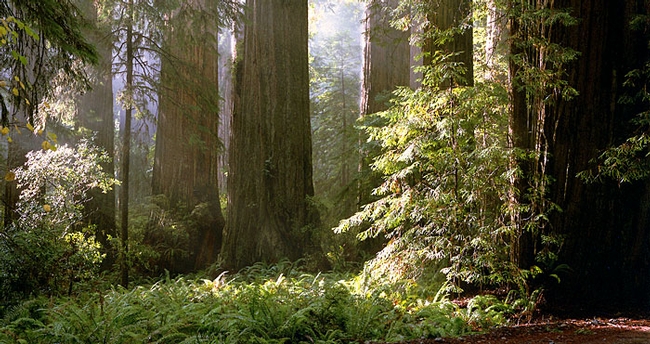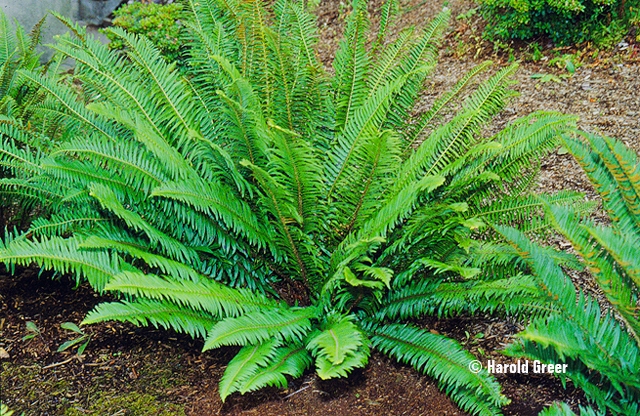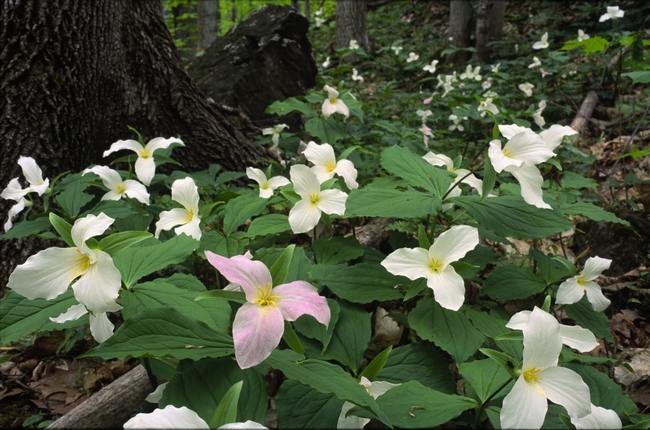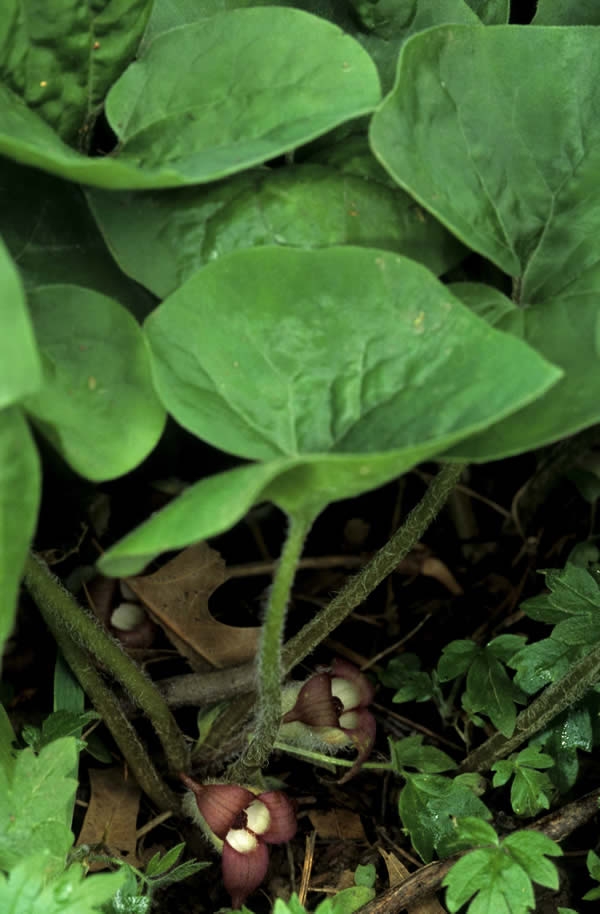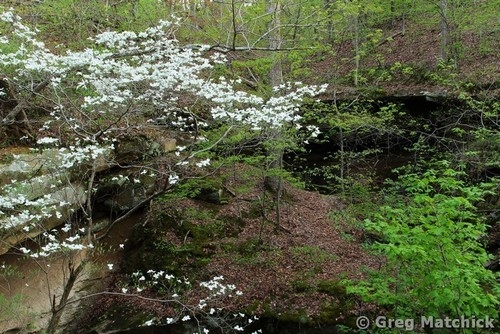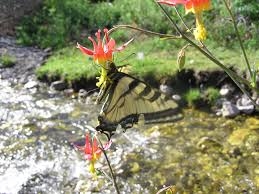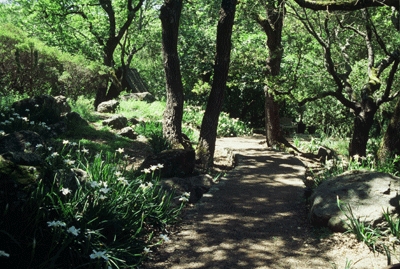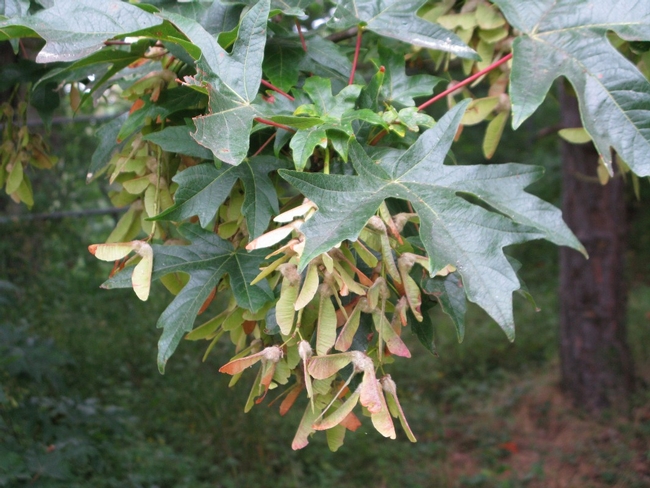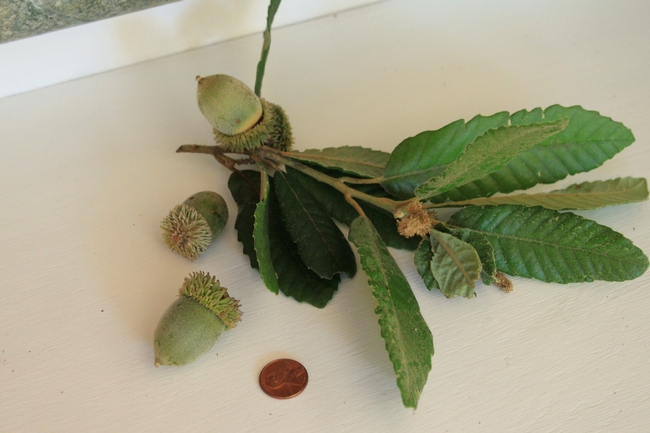One of the things I love about the Napa Valley is its sense of community. For most of us, community means shared experience, common needs and values, and a sense of mutual support.
Plant communities aren't much different. Plants form a community when they are adapted to similar soils, sun exposure, drainage, slope, wind and access to water. When creating a native or mostly native garden, thinking in terms of plant communities can make planning easier and success more likely.
Because of the incredible diversity of California's terrain and its Mediterranean climate, our state has contributed more than 6,000 native cultivars to the horticultural world, more than any other state. So we have much to choose from as we plan our native or nearly native gardens, keeping in mind what thrives naturally in our area.
Imagine taking a hike in the hills on the west side of Napa Valley. Your hike would start in the deep cool of a redwood grove where you might see Western sword fern, coastal wood fern, mosses, trillium, redwood sorrel and wild ginger growing in the moist humus-rich soil among the broad roots of the giants.
Where the nearby stream passes through, the brighter green leaves of alder and red-twigged dogwood (creek dogwood), the orange of Western columbine and the bright yellow face of Seep monkey flower catch the light. You notice the scent of spicebush and California bay.
Following the trail along the stream, you begin to climb through the oak-dominated canyon. On the shadowy west side (east-facing), you may see big leaf maple, madrone, California bay, vine maple, tanbark oak, toyon, snowberry and the occasional fir mixed with ferns.
On the relatively sunnier east side, you may see coffeeberry, grasses, coyote mint, sticky monkey flower, bulbs like Mariposa lily and, yes, poison oak taking advantage of light breaks in the canopy.
As you move up the side of the canyon, you emerge onto meadow-like grassland dotted with oaks and, depending on the season, flashes of color from sun-loving shrubs and wildflowers. Looking down on the valley floor, you can still find majestic valley oaks and grapevines tapping into the rich alluvial soil and relatively high water table.
Along the river and tributary creeks are oaks, cottonwoods, alders and buckeye. In the hills on the east side of the valley where the western sun shines hot much of the day, you'll find manzanita, scrub oaks, coyote brush, ceanothus, sages, penstemon and both digger and Coulter pines reaching into the dry and gravelly or serpentine soil.
Wander your own garden. Notice the light at different times of the day and year. Where do you find near-constant shade? Where is it warm and sunny all day? Where do you find morning light and afternoon shade, or hot sun in the late afternoon? What is the soil like and how well does it drain? What is the access to water? Light, moisture, soil and temperature determine what grows well.
In areas of moist shade, the citrus-scented blossoms of Western mock orange or the deep red blooms of a spicebush would lend fragrance and color. Flowering currant, creek dogwood (red-twig dogwood), western sword fern or giant chain fern would add mid-height interest, and wild ginger or yerba buena could serve as ground cover. The wild ginger root can be used in cooking, and yerba buena makes a delicious fragrant tea.
In dry shade—under native oaks, for example--cream bush (also called ocean spray), coffeeberry, snowberry, twinberry, sticky monkey flower and hummingbird sage find enough light and are content with the dry summer soil that the oaks want. Succulents like liveforever appreciate the shelter and light at the edge of the tree canopy, as long as there is good drainage.
Where the sun is bright and the soil dry in summer, manzanita, toyon, ceanothus, mountain mahogany and sugar bush would do well if drainage is good. Borrowing from the coastal scrub zone, you might add coyote bush, sages, sagebrush, buckwheat and California fuchsia, mixing species for foliar and floral color and a longer blooming season. A garden containing coyote bush, ceanothus and buckwheat provides nectar and pollen for our native pollinators all year.
Consider a few well-placed grasses that have graceful form all year, like deer grass or the smaller muhlenbergia dubia. They are stunning when backlit by morning or late afternoon sun. Add blue-eyed grass, sedges, lupines, poppies and bulbs such as harvest brodiaea, single-leaf onion and Ithuriel's spear that prefer to be dry during summer dormancy, and you will create a meadow-like feel that will delight you in spring and carry you through the year depending on bulb and perennial choices.
Mendocino feather reed grass is charming when mixed with perennials like spring blooming Penstemon heterophyllus ‘Margarita BOP' and fall-blooming California fuchsia. Arrange them next to a boulder or cluster of good-sized rocks to suggest the rocky slopes they come from. Your garden is your home and can be as welcoming to your plants as it is to you and your guests.
Workshop: U. C. Master Gardeners of Napa County will host the workshop “Winterize Your Garden Tools” on Saturday, October 8, from 9:30 a.m. to 11:30 a.m., at University of California Cooperative Extension (address below).Properly winterizing the garden helps your plants survive the winter and produce in the spring. Learn the importance of proper garden winterization via discussion and demonstrations. Also learn the proper care and upkeep of garden tools and get some ideas for new and/or improved ones. Feel free to bring one hand tool to refurbish. On-line registration (credit card only)
Mail-in/Walk-in registration (cash or check only).
Native Plant Sale: U.C. Master Gardeners of Napa will have an information table at the California Native Plant Society Napa Chapter's plant sale on Saturday, October 15, and Sunday, October 16, from 10 a.m. to 4 p.m., at the Martha Walker Native Garden in Skyline Park in Napa. Volunteers from both organizations will help you choose the right native plants for any spot in your garden. The preview party for CNPS members and guests is Friday, October 14, from 6 p.m. to 8 p.m., at Skyline Park.
Master Gardeners are volunteers who help the University of California reach the gardening public with home gardening information. U. C. Master Gardeners of Napa County ( http://ucanr.edu/ucmgnapa/) are available to answer gardening questions in person or by phone, Monday, Wednesday and Friday, 9 a.m. to Noon, at the U. C. Cooperative Extension office, 1710 Soscol Avenue, Suite 4, Napa, 707-253-4143, or from outside City of Napa toll-free at 877-279-3065. Or e-mail your garden questions by following the guidelines on our web site. Click on Napa, then on Have Garden Questions? Find us on Facebook under UC Master Gardeners of Napa County.
Attached Images:
